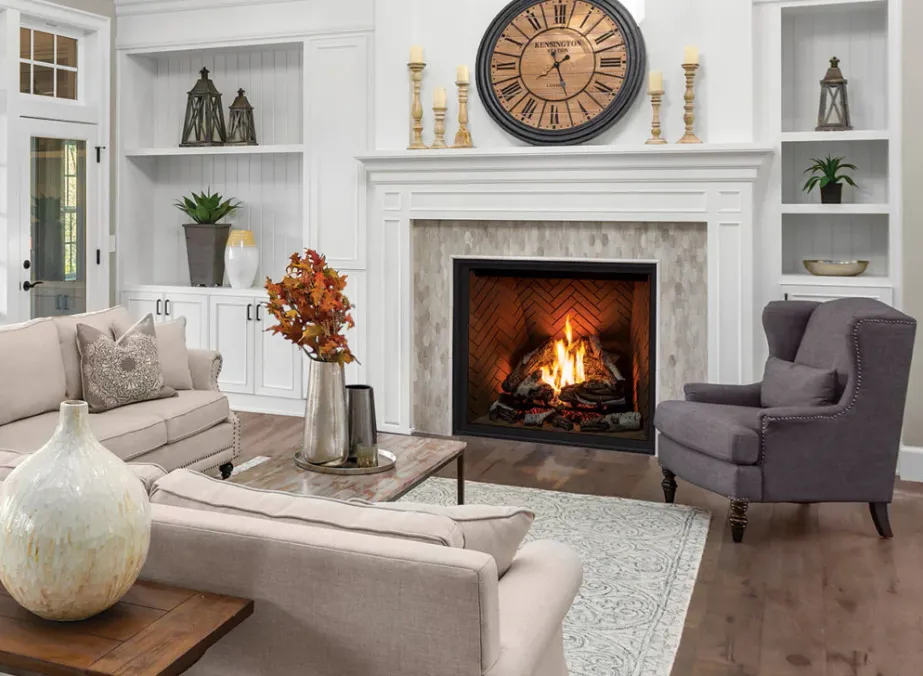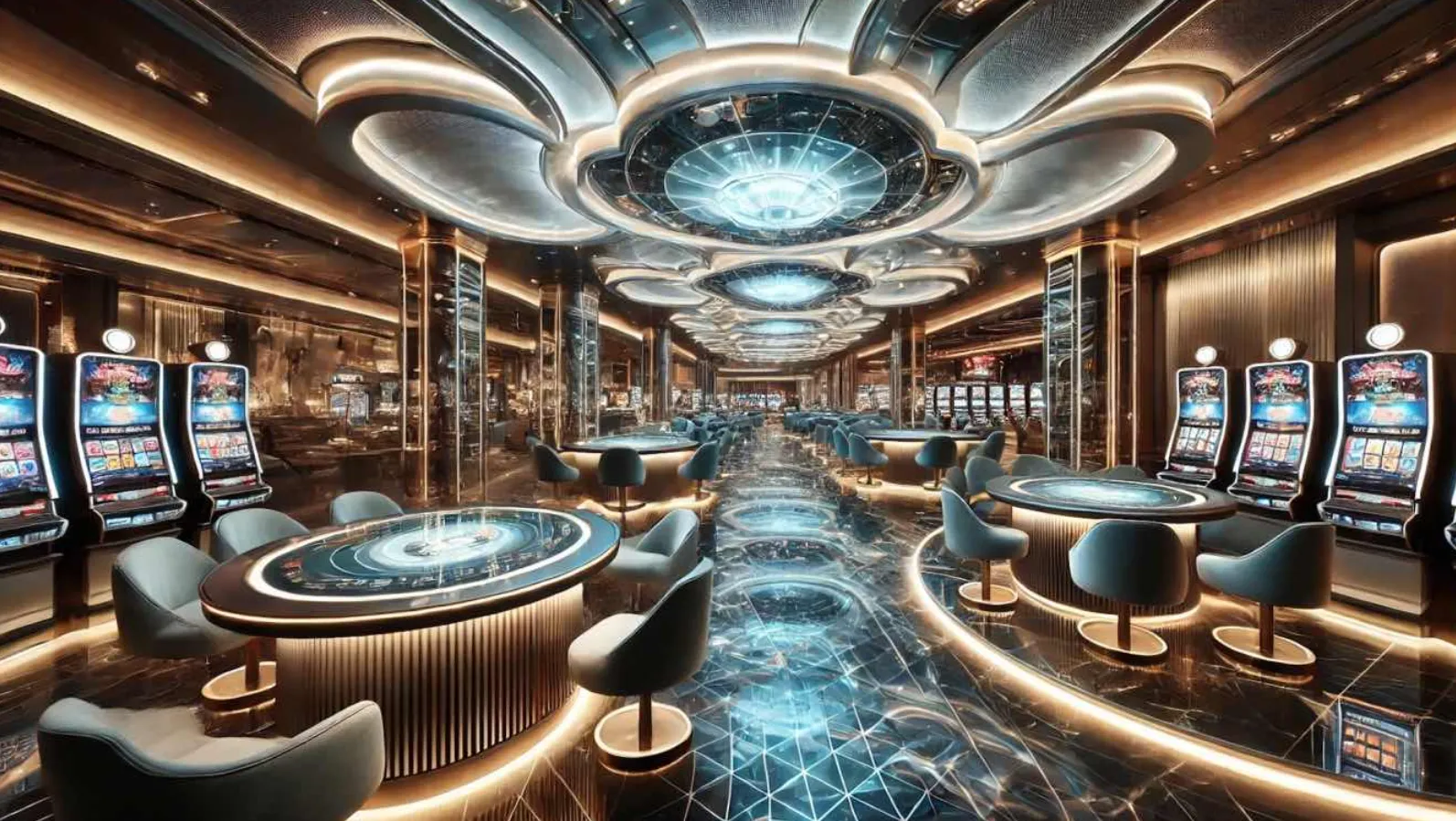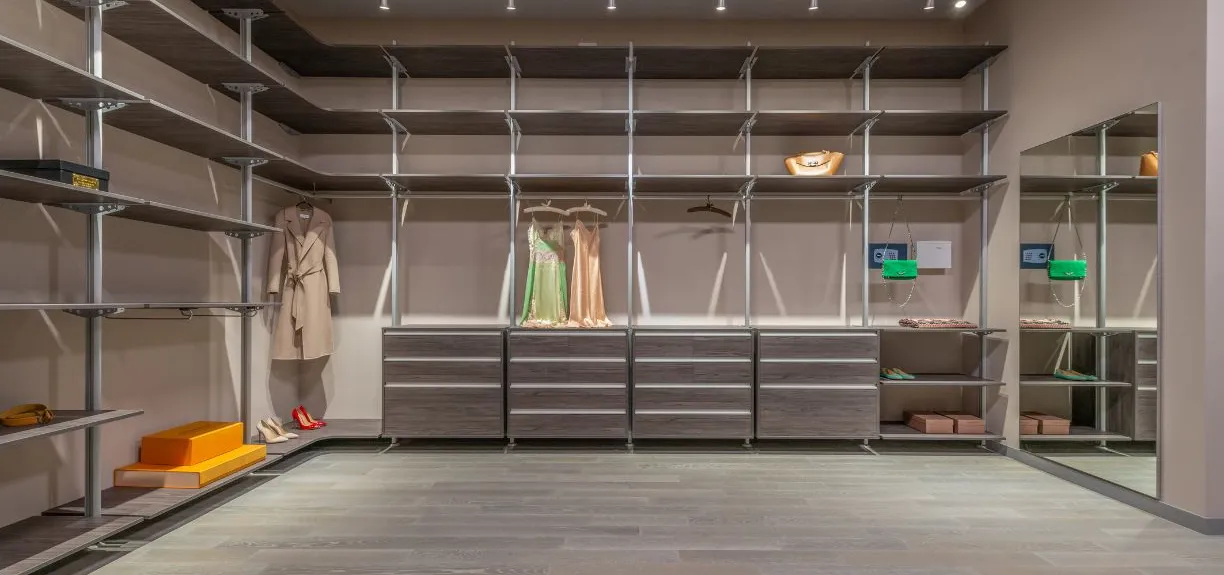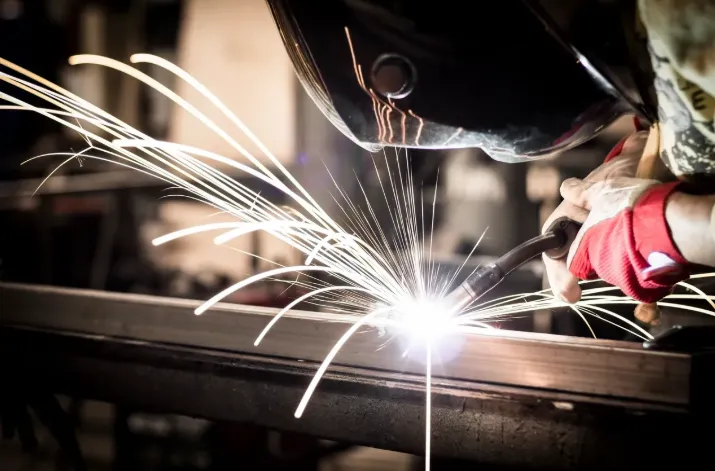A fireplace can be the heart of a home, providing warmth, ambiance, and a central gathering spot for family and friends. When choosing a fireplace style, homeowners often face the dilemma of opting for a modern or traditional design. Both styles have their distinct advantages and aesthetic appeals. Here, we explore the characteristics of each one to help you determine which fireplace style best suits your home.
Modern Fireplaces
Modern fireplaces are defined by their sleek, minimalist designs and innovative technology. They cater to contemporary tastes and often feature clean lines, geometric shapes, and a focus on simplicity. Here are some key aspects of modern fireplaces:
- Design and Materials
Modern fireplaces typically utilize materials such as glass, metal, and concrete. These materials contribute to a clean and uncluttered look. Frameless designs and large, uninterrupted panes of glass allow for an unobstructed view of the flames, creating a striking focal point in any room.
- Efficiency and Technology
Efficiency is a hallmark of modern fireplaces. Many models are designed with advanced technology to maximize heat output while minimizing energy consumption. Features like remote control operation, programmable thermostats, and even smartphone integration make modern fireplaces user-friendly and energy-efficient.
- Versatility
Modern fireplaces come in a variety of styles, including wall-mounted, double-sided, and built-in models, offering versatility in placement and design. They can be seamlessly integrated into walls, creating a sleek look that saves space and complements contemporary interiors.
- Eco-Friendly Options
Many modern fireplaces are designed with environmental considerations in mind. Electric and ethanol fireplaces, for example, produce no emissions and require no venting, making them a greener choice compared to traditional wood-burning fireplaces.
Traditional Fireplaces
Traditional fireplaces evoke a sense of nostalgia and timeless charm. They’re often associated with classic architectural details and the comforting ambiance of a roaring fire. Here are some defining features of traditional fireplaces:
- Design and Materials
Traditional fireplaces often feature ornate mantels, brick or stone surrounds, and intricate woodwork. Materials like marble, limestone, and classic red brick are commonly used, adding a sense of history and craftsmanship to the space.
- Warmth and Atmosphere
The crackle of burning wood and the distinctive smell of a wood fire contribute to the cozy and inviting atmosphere of a traditional fireplace. This style is perfect for creating a warm and welcoming environment, especially in living rooms and family spaces.
- Architectural Focal Point
Traditional fireplaces often serve as a central architectural element in a room. The mantel and hearth can be decorated with personal items, family photos, and seasonal decor, making the fireplace a focal point that reflects the homeowner’s personality and style.
- Classic and Timeless Appeal
The timeless appeal of a traditional fireplace can enhance the overall aesthetic of a home, particularly those with classic or period architecture. This style complements Victorian, Colonial, and Craftsman homes, among others, adding to their historic charm.
Choosing the Right Style for Your Home
When deciding between a modern or traditional fireplace, consider the following factors:
- Home Aesthetic
Match the fireplace style to your home’s existing décor. A modern fireplace may look out of place in a Victorian home, just as a traditional fireplace might clash with ultra-contemporary interiors. At stonewoods.co.uk, you can find a range of designs that will suit whatever vibe you’re hoping to achieve in your home.
- Functionality
Consider how you intend to use the fireplace. If you seek high efficiency and advanced control options, a modern fireplace might be more suitable. For those who cherish the ritual and atmosphere of a wood-burning fire, a traditional fireplace may be the better choice.
- Environmental Impact
If environmental concerns are a priority, modern electric or ethanol fireplaces offer eco-friendly alternatives. While charming, traditional wood-burning fireplaces can contribute to indoor and outdoor air pollution.
- Space and Installation
Assess the available space and installation requirements. Modern fireplaces, especially wall-mounted or built-in models, can save space and offer more flexibility in placement. Traditional fireplaces often require a chimney and more extensive construction.
Conclusion
Both modern and traditional fireplaces have unique benefits that can enhance your home’s ambiance and functionality. Modern fireplaces offer sleek design, advanced technology, and environmental benefits, making them ideal for contemporary homes. Traditional fireplaces, with their classic charm and cozy atmosphere, are perfect for those who appreciate timeless design and the sensory experience of a real wood fire.
By considering your home’s aesthetic, your lifestyle needs, and your environmental preferences, you can choose the fireplace style that best complements your living space, ensuring warmth and beauty for years to come.









